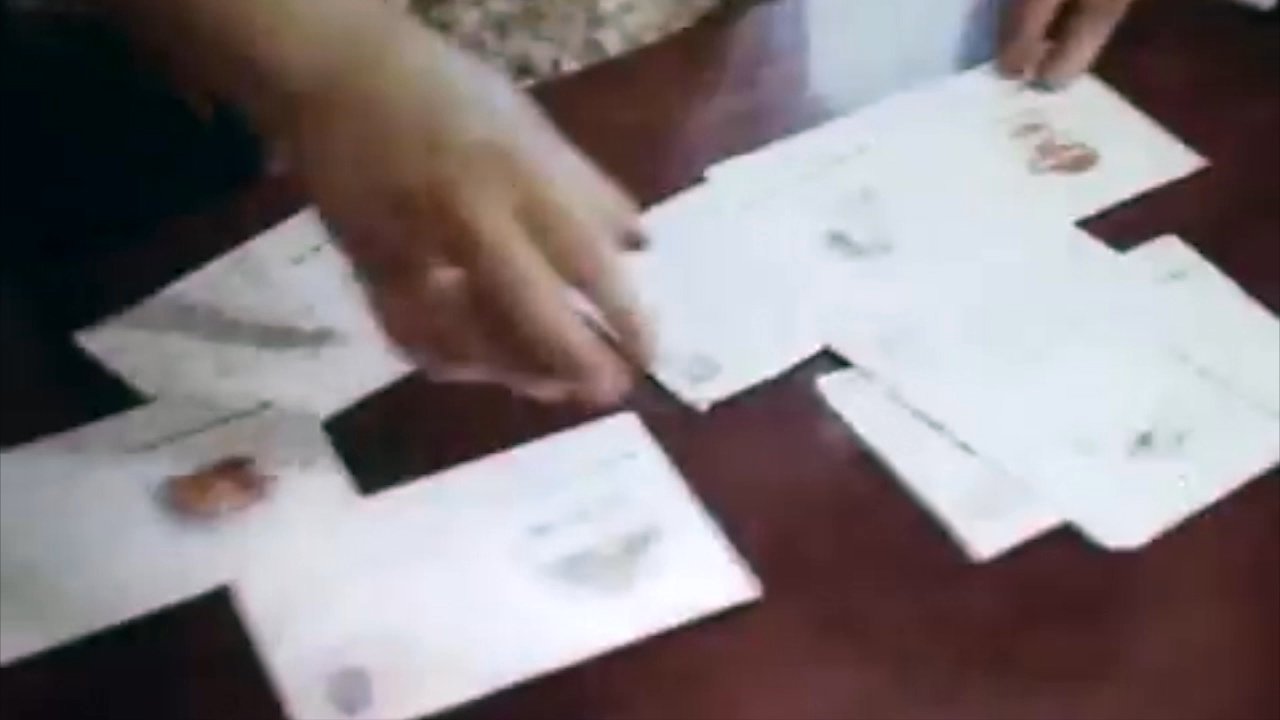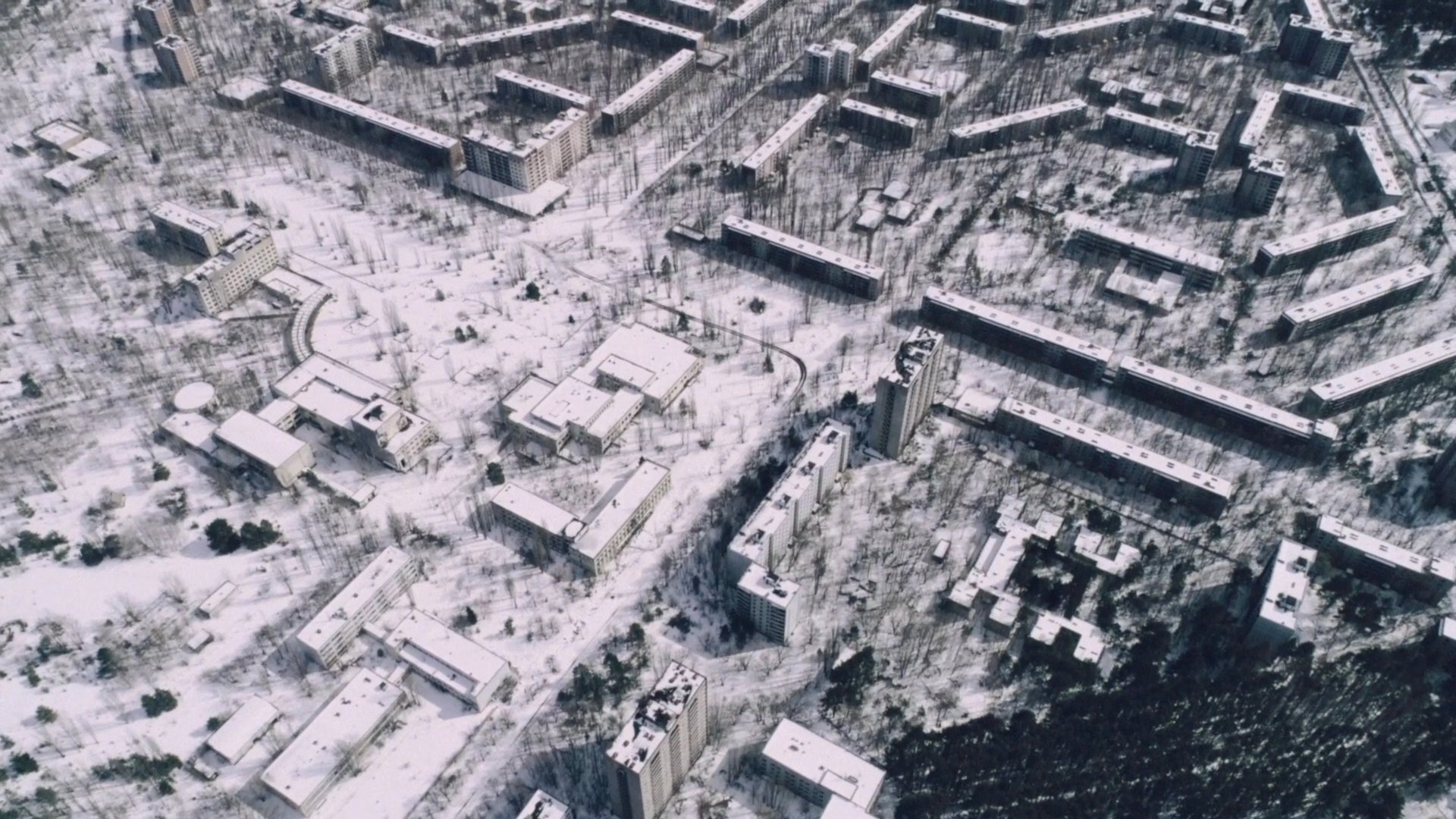CHORNOBYL ARCHIVE
Several expeditions to the Chornobyl Zone from 2016 to 2021
Hundreds of kilometers on foot
More than 20 resettled villages fully explored
More than 15000 artifacts were found (photographs, films, letters)
Around 5000 artifacts were digitalized & systematized
Chornobyl, this word has been in my head since childhood. My younger brother was born a year after the disaster, which affected his health. He spent the first 7 years of his life in hospitals, suffering from a terrible disease. That was the first time I heard about the accident. Years later, I came to the lands burned by the so-called peaceful atom.
On April 27, 1986, people in cities and villages of the Chornobyl zone heard a notice of a temporary evacuation because of the "adverse radiation situation". The Soviet government promised people that they would return in a few days. They didn’t allow people to take with them anything except the most necessary things, which they would need for this short period.
Nowadays, everyone associates Chornobyl only with a nuclear tragedy and its consequences. But what if we go back to a time so far away from the events of 1986? This is where the UNTITLED PROJECT begins.
This project is like an archaeological dig. Going through heaps of garbage in nearly destroyed houses, I learned more and more about their inhabitants. Lost memories were everywhere: on the floor and under broken furniture, some of them totally destroyed, some still intact.
My project started as a visual exploration of abandoned areas, villages, and homes. Entire villages and cities were disappearing under heavy branches of trees and shrubs. The once prosperous territories were now watching me silently.
My visual exploration of the Present led me to the Past, and the two spaces became intertwined. Observing the deserted and silent landscapes of the territories destroyed by nuclear energy, we are at the same time witnesses of past life.
In houses, like museums, stored so many memorable things, which all this time were just rotting under a thick layer of trash and mud: old films, family photographs, postcards, and letters. The more time went on, the fewer memories of people, who inhabited that land, remained.
Among photos eaten by mold, appeared smiling faces of people, their holidays, wedding ceremonies, and the birth of children. I didn’t expect to find such a huge archive.
Film: Untitled Project
Soon after I started the work on the project, my younger brother Mykola joined me. Following me both in and outside the restricted zone he films the documentary about this story.
Over the last 35 years, these negatives have undergone slow degradation due to radiation and the elements of nature in the cities and villages of Chornobyl Zone. Passing through stages of disappearance, erasure, and decay, they retained traces of bodies or objects that left their mark on the photosensitive film emulsion.
"Like a living organism, a photograph is born directly on particles of silver, which ripen, flourish at some point, and then grows old".
Roland Barthes
Exhibitions
2024 Hangar Photo Art Center, Brussels, Belgium
2021 Expo Center of Ukraine (VDNG), Kyiv, Ukraine
2021 The Ministry of Foreign Affairs of Ukraine, Kyiv
2021 Prix Pictet Confinement, Online Exhibition
2020 Frappant Gallery, Hamburg, Germany
2020 Vintage Photo Festival, Bydgoszcz, Poland
2020 Earthmate Eco Festival, Kyiv, Ukraine
Several expeditions to the Chornobyl Zone from 2016 to 2021
Hundreds of kilometers on foot
More than 20 resettled villages fully explored
More than 15000 artifacts were found (photographs, films, letters)
Around 5000 artifacts were digitalized & systematized


